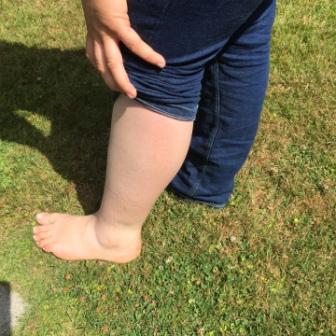 |
|
| > Welcome > Health Reporter > Health Reporter: 8 Top Tips to Sunlight Success #2
|
|
8 Top Tips to Sunlight Success #2Top Tip #2:You can use your eyes to know you have had enough sun exposure. That moment is when you notice your skin has turned a pale pink. If you are untanned, this may occur in a few minutes in full sun, when you first start to expose your body to sunlight. If you are one of the lucky people of the earth with darker coloured skin, this pink point might be a little bit harder to notice, but you will notice a change. And lucky again, you can bask in the sun up to six times longer than your pale skinned human brothers and sisters.2 Stretch your Brain:Melanin is the substance that is produced when any human being is exposed to sunlight. Melanin is a substance in the epidermis (outside layers of skin) but is produced from cells at the deepest layer of the skin. These cells are called melanocytes. There are two kinds of melanin produced in human skin eumelanin – mostly brown or black and pheomelanin – mostly red or yellow pigments.3 Skin is not the only place melanin is to be found. Grey hair is thought to be from a reduction of 80% melanin in the follicles of the hair, there is melanin in the inner ear, melanin in the pituitary gland, and all mammals have melanin in their central nervous systems. There is more exciting news to share about melanin, but that’s another story for another day. 2. Mercola. (2009, October). How much sunshine does it take to make enough vitamin D? Perhaps More Than You Think! Retrieved from https://articles.mercola.com/ sites/articles/archive/2009/10/29/How-Much-Sunshine-Does-it-Take-to-MakeEnough-Vitamin-D-Perhaps-More-Than-You-Think.aspx 3. Staughton, J. (2019, November updated). Why do people have different skin colors? Retrieved from https://www.scienceabc.com/humans/melanin-pigmentdefinition-meaning-skin-color.html
Posted: Sat 16 Jan 2021 |
|
|
